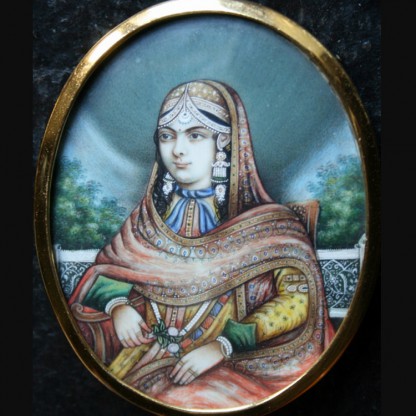After the death of Bahadur Shah of Gujarat in 1537, Qadir Shah became the new ruler of Malwa Sultanate. He then turned for support towards the Rajput and Muslim noblemen of the Khilji rule of Malwa. Bhupat Rai and Puran Mal, sons of Raja Silhadi accepted Service under the regime of Malwa in recognition of their interest in the Raisen region. By 1540, Bhupat Rai had died and Puran Mal had become the dominant force in eastern Malwa. In 1542, Sher Shah conquered Malwa without a fight and Qadir Shah fled to Gujarat. He then appointed Shuja'at Khan as the governor of Malwa who reorganised the administration and made Sarangpur the seat of Malwa's government. Sher Shah then ordered Puran Mal to be brought before him. Puran Mal agreed to accept his lordship and left his brother Chaturbhuj under Sher Shah's Service. In exchange Sher Shah vowed to safeguard Puran Mal and his land. The Muslim women of Chanderi, which Sher Shah took under his rule, came to him and accused Puran Mal of killing their husbands and enslaving their daughters. They threatened to accuse the Sultan on the Day of Resurrection if he did not avenge them. Upon reminding them of his vow for Puran Mal's safety, they told him to consult his ulema. The ulema issued a fatwa declaring that Puran Mal deserved death for this act. Sher Shah's troops then surrounded Puran Mal's fortress at Raisen. Upon seeing this, Puran Mal beheaded his wife and ordered the Rajputs to kill their families as he might have thought that personal honor was involved because of his lord going back on his promise. After this, the Rajputs then went into battle and all of them were killed by Sher Shah's troops. `Abd al-Qadir Bada'uni puts the number of Rajputs to 10,000 while Nizamuddin Ahmad puts it to 4,000.









